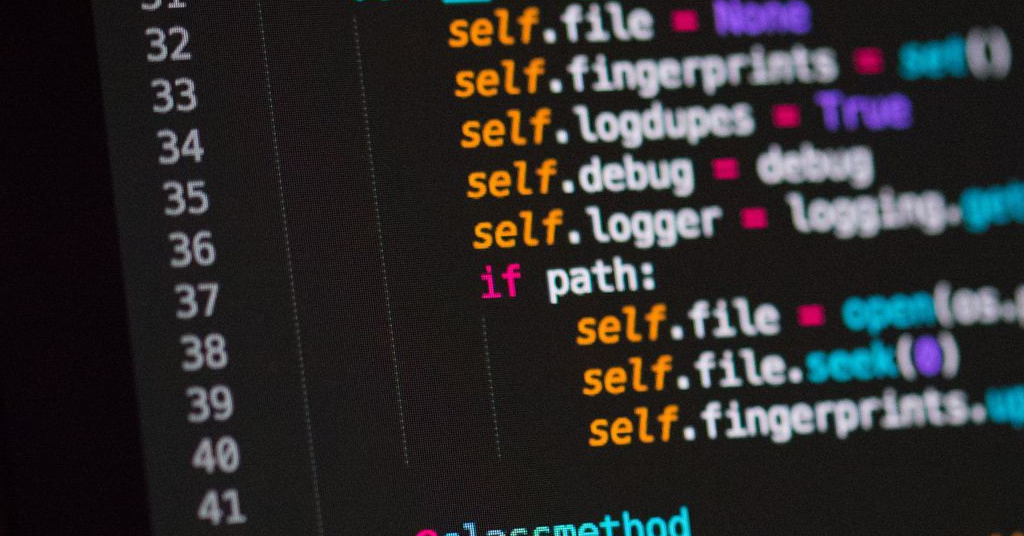
How to Implement dwave qbsolve in Python
Implementation!! What and How? Do you also have these kinds of questions in mind? Don’t Fret. In this blog, we will not directly jump into the implementation part. Instead, we will move step by step by understanding first what python is and what Dwave Qbsolv is.
Python is known for its easy-to-read syntax and simple, efficient code because of its high-level programming language which is used for web development, artificial intelligence, data analysis, and more. Now let’s move towards Qbsolv.
Indeed, by breaking a huge quadratic unconstrained binary optimization (QUBO) problem into smaller pieces that can be solved using either a Dwave system or a traditional tabu solver, Qbsolv, a decomposing solver, determines the minimum value. You must access a Dwave system independently, and Qbsolv, by default, uses its classical solver.
Let me explain this very new topic with one practical example. Indeed, for issues with many variables, divide-and-conquer and dynamic programming techniques have a long history in computer science. But in this digital era, many challenging issues that quantum computers may solve are too big to transfer to a QPU directly. When there are more variables in a problem than there are qubits available to solve it with, we divide the problem into smaller problems, solve those, and then piece together the solution to the larger problem. As a result, one such decomposition solver is Qbsolv. The system offers two interfaces:
COMMAND LINE INTERFACE (CLI)
The issue, broken down into subproblems with a few hundred variables each, is subjected to the tabu method.
PYTHON INTERFACE
The Qbsolv C code is wrapped in a Qbsolv class using the Python interface. You may change the standard tabu sampler to a dimod sampler.
NOW BEFORE IMPLEMENTATION, LET’S UNDERSTAND THE QBSOLV INPUT FILE FORMAT.
QBSOLV INPUT FILE FORMAT - EXPLANATION
We all know that data describing an unconstrained quadratic binary optimization problem is stored in. qubo files. But do you know that it is an ASCII file with four different kinds of lines?
If not, Don't Fret. Now we will check those ASCII files with four different kinds of lines.
Comments indicated in column 1 by a "c" are disregarded and may occur anywhere in the document.
The program line is indicated in the first column with a "p." This means the first line of the file that is not a comment must be a single programme line. The programme line comprises six mandatory fields, which are mentioned below.
p
qubo
Topology
maxNodes
nNodes
nCouplers
nNodes Clauses. Three integers, with one or more blank spaces in between each, make up each clause—the first two figures are this node's number and must be integers. The node number has to fall between 0 and (maxNodes-1). Moreover, the weight attached to the node is the third value. Weight can be any positive or negative value, or you can set it to zero. It can be an integer, float, or both.
nCouplers clauses. So as the name defines it, three integers, with one or more blank spaces in between each, make up each clause. The coupler's node numbers, I and j), are the first two numbers and must be distinct integers where I j). Each number must be within the range of 0 to (maxNodes-1), and it must be one of the nNodes valid node numbers.
Furthermore, you must know that the strength of the coupler makes up the third value. As a result, strength can be any positive or negative value but never a zero, and it can be an integer or float. A minimum of one additional node must link with each node.
To implement D-Wave's qbsolv algorithm in Python, you need to use the D-Wave Ocean software development kit (SDK). Here are the steps to get started:
1. INSTALL THE D-WAVE OCEAN SDK BY FOLLOWING THE INSTRUCTIONS ON THE OFFICIAL WEBSITE.
2. IMPORT THE NECESSARY MODULES IN YOUR PYTHON CODE:
import dimod
from dwave.system.samplers import DWaveSampler
from dwave.system.composites import EmbeddingComposite
3. DEFINE THE PROBLEM AS A BINARY QUADRATIC MODEL (BQM) USING THE DIMOD LIBRARY:
bqm = dimod.BinaryQuadraticModel({0: 0, 1: 1, 2: 1}, {(0, 1): 2, (1, 2): 1}, 0.0, dimod.SPIN)
4. CREATE A D-WAVE SAMPLER AND SOLVE THE PROBLEM USING QBSOLV:
sampler = EmbeddingComposite(DWaveSampler())
response = sampler.sample(bqm, solver=qbsolv, num_reads=100)
5. ANALYZE THE RESULTS AND RETRIEVE THE LOWEST-ENERGY SAMPLE FROM THE RESPONSE:
sample = response.first.sample
print("Lowest-Energy Sample: ", sample)
This is a basic example to get you started with implementing qbsolv in Python using the D-Wave Ocean SDK. You can customize and extend this code to fit your specific needs.
PYTHON HAS A VARIETY OF USES, INCLUDING:
1. Web development: Python is widely used for building dynamic web applications and web services with frameworks like Django, Flask, and Pyramid.
2. Data analysis and visualization: Python has a rich set of libraries for data analysis, such as NumPy, Pandas, and Matplotlib, which make it easy to manipulate, analyze, and visualize data.
3. Machine learning and artificial intelligence: Python has a strong presence in the field of machine learning and AI with libraries like TensorFlow, PyTorch, and scikit-learn.
4. Scientific computing: Python is widely used in scientific computing and engineering, with libraries like SciPy, NumPy, and SymPy.
5. Automation: Python can be used to automate various tasks, such as scraping data from websites, processing files, and running system commands.
6. Game development: Python is used for game development, with libraries like Pygame and Pyglet, which provide tools for creating games and multimedia applications.
7. Network programming: Python is used for network programming and system administration with libraries like paramiko and Fabric.
8. Education: Python is a popular choice for teaching computer programming in schools and universities due to its simplicity and readability.
9. Desktop applications: Python can be used for building desktop applications with GUI libraries like PyQt and wxPython.
These are some of the most popular uses of Dwave Qbsolve In Python, but there are many other applications of the language. Python's versatility and ease of use make it a great choice for a wide range of projects.




